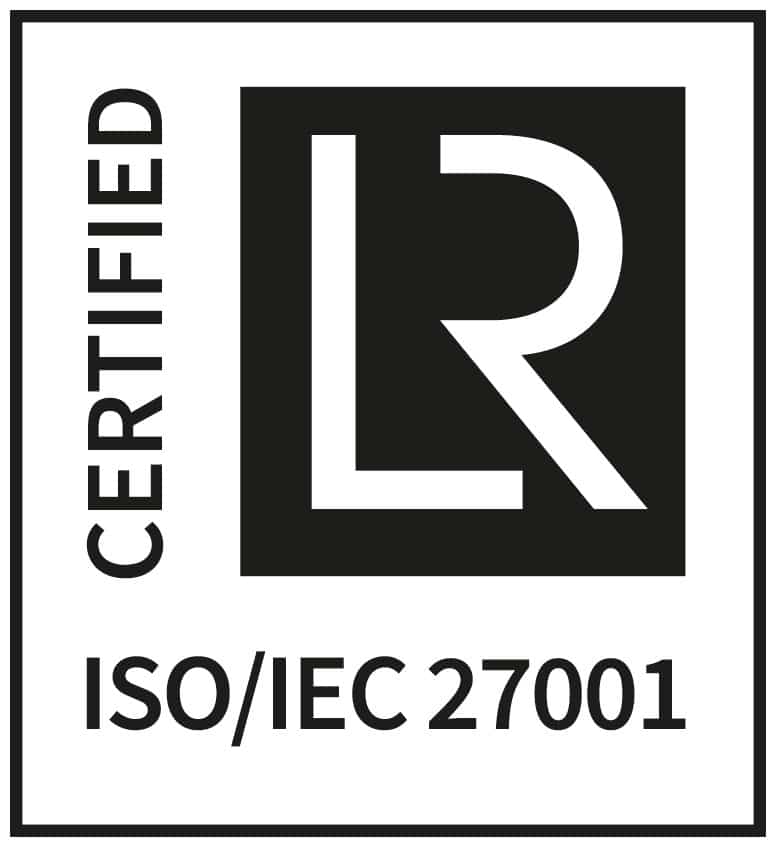
- 15.02.24
7 Key Strategies for Maximizing Virtual Learning Environments
Table of Contents
Virtual learning environments (VLEs) have become an integral part of education and corporate training. As more institutions and organizations embrace digital transformation, understanding how to effectively use VLEs is crucial. This article explores seven key strategies to maximize the potential of virtual learning environments.
1. Understanding the Scope of VLEs
Exploring the Capabilities of Virtual Learning
Virtual Learning Environments (VLEs) are much more than digital classrooms; they are comprehensive platforms that can revolutionize the educational experience. They extend beyond content delivery to include aspects like interactive learning, real-time feedback, and collaborative projects. Understanding the full potential of VLEs is crucial for educators and trainers. It involves recognizing that these platforms can support a variety of learning modalities – synchronous and asynchronous learning, blended approaches, and even self-paced modules. By harnessing the full scope of VLEs, educators can create versatile and engaging learning experiences that cater to diverse learner needs and preferences.
2. Customizing the Learning Experience
Tailoring Education to Individual Needs
Customization is a significant advantage of VLEs, allowing education to be more personalized and learner-centric. These environments can adapt to individual learning styles, pace, and preferences, making education more accessible and effective. Educators can utilize data-driven insights to create personalized learning paths, which cater to the unique strengths and areas for improvement of each learner. Additionally, VLEs can be used to provide supplementary materials, extra challenges, or remedial content based on individual learner performance, thereby ensuring that every student can achieve their full potential.
3. Enhancing Engagement through Interactive Content
Creating Dynamic Learning Materials
The engagement of learners is critical in virtual settings, and VLEs offer abundant opportunities to create interactive and compelling content. Incorporating multimedia elements like videos, animations, and podcasts can cater to various learning styles and maintain learner interest. Interactive features such as quizzes, drag-and-drop exercises, and virtual simulations can transform passive content consumption into an active learning process. By diversifying content and including elements of interactivity, educators can combat the virtual fatigue that often accompanies online learning and keep students motivated and engaged.
4. Fostering Collaboration and Communication
Building a Community of Learners
Virtual learning environments (VLEs) offer unparalleled opportunities for collaboration and communication, which are vital for a comprehensive learning experience. They enable learners from diverse geographical locations to connect, share ideas, and work together on projects. Utilizing discussion forums, group chats, and collaborative tools like shared documents and virtual whiteboards, VLEs can foster a sense of community and teamwork. This collaborative approach not only enriches the learning process but also helps in developing important soft skills like communication, teamwork, and problem-solving, which are highly valued in the modern workplace.
5. Incorporating Continuous Assessment and Feedback
Utilizing Tools for Real-Time Evaluation
Continuous assessment is an integral part of the learning process in VLEs. It provides educators with a mechanism to evaluate learner understanding and progress regularly. By incorporating various forms of assessments such as quizzes, assignments, and peer assessments, educators can track learner progress and provide timely feedback. This ongoing evaluation helps in identifying areas where learners might be struggling, allowing for immediate intervention and support. Feedback, when given constructively, can significantly enhance learner motivation and engagement, encouraging a growth mindset.
6. Leveraging Analytics for Improvement
Using Data to Enhance Learning Strategies
Analytics in VLEs are powerful tools that enable educators to gain deep insights into learner engagement and course effectiveness. These platforms can track various metrics, such as login frequency, time spent on materials, and interaction rates with content and peers. Educators can use this data to understand learner behavior patterns, identify trends, and make informed decisions to improve course content and teaching methodologies. Analytics can also help in predicting learner performance and identifying at-risk students, allowing for proactive support to ensure their success.
7. Ensuring Accessibility and Inclusivity
Making Learning Accessible to All
Accessibility and inclusivity are crucial in virtual learning environments. VLEs should be designed to be accessible to all learners, including those with disabilities. This involves providing content that is compatible with screen readers, offering subtitles or transcripts for videos, and ensuring that all interactive elements are navigable with keyboard controls. An inclusive VLE considers diverse learning needs, cultural backgrounds, and language preferences. By prioritizing accessibility and inclusivity, educators can ensure that VLEs provide equitable learning opportunities for all students, fostering an environment of diversity and respect.
Conclusion
In an era where digital learning is becoming increasingly prevalent, virtual learning environments (VLEs) stand as a testament to the evolution of educational and training methodologies. By embracing the seven key strategies outlined above, educators and trainers can unlock the full potential of VLEs, creating enriching, engaging, and inclusive learning experiences. The future of education and professional development lies in leveraging these digital platforms to their fullest, ensuring that learning remains dynamic, accessible, and aligned with the ever-changing demands of the global landscape.
FAQ - Frequently Asked Questions
How can virtual learning environments enhance traditional education methods?
Virtual learning environments complement traditional education by providing flexible learning options, interactive content, and broader access to resources. They facilitate a blended learning approach, combining the best of both online and in-person education.
Are virtual learning environments effective for all age groups?
Yes, VLEs can be effective for learners of all ages. They offer customizable content and learning paths that can be tailored to the specific needs and learning styles of different age groups, from young students to adult learners.
Can VLEs be integrated with existing educational systems?
Absolutely. VLEs can be integrated with existing educational systems to enhance and expand the learning experience. They offer tools and functionalities that complement traditional teaching methods, providing a more holistic approach to education.
How do virtual learning environments support collaborative learning?
VLEs support collaborative learning through features like discussion forums, group projects, and peer-to-peer interaction. They provide a platform for learners to engage with each other, share ideas, and work together, regardless of their physical location.
What are the challenges of implementing a virtual learning environment?
Challenges include ensuring reliable technical infrastructure, training educators and learners to effectively use the platform, and creating engaging and interactive content. Additionally, maintaining student engagement and motivation in a virtual setting can be challenging.





